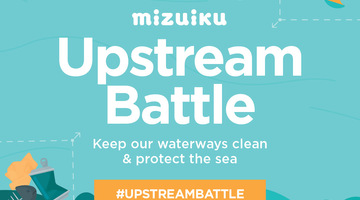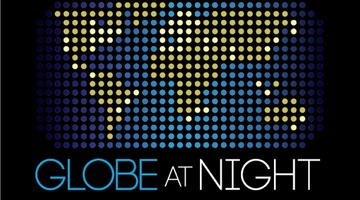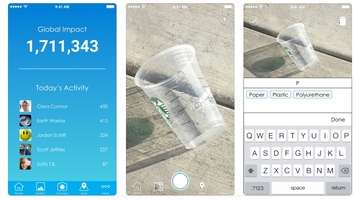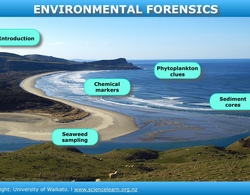

As New Zealanders looking to the future, we are faced with many opportunities – and challenges. These include improving the health of all our people, advancing our economic growth, protecting our ...
READ MORE

This Connected article, written and illustrated by Adele Jackson, looks at the discovery that fish and eels are using Wellington’s stormwater system as access between streams and the sea. Rights ...
READ MORE

As content developers for a science education website, we always operate with the nature of science hovering in the background. The Science Learning Hub was a pioneer in making the nature of ...
READ MORE

Kōura (freshwater crayfish) are a taonga species for Māori, a keystone species for ecosystem dynamics and an indicator species for ecosystem health. They are also a species that have been ...
READ MORE

Environmental DNA (eDNA) has revolutionised how scientists monitor ecosystems and identify the species that live in them. eDNA is genetic material found in hair, scales, skin and even faeces ...
READ MORE

Scientists from Lakes380 – Our lakes’ health: past, present, future sampled around 10% of lakes in Aotearoa New Zealand larger than 1 hectare (about the size of a rugby field). They collected ...
READ MORE

Did you know that 80% of marine litter globally starts life on land? Mizuiku Upstream Battle is a citizen science programme run by Keep New Zealand Beautiful. It aims to get volunteers across ...
READ MORE

Globe at Night is an international citizen science campaign to raise public awareness of the impact of light pollution by inviting citizen scientists to measure and submit their night sky ...
READ MORE

Litter is everywhere – but how much is there, and why does it matter? Litterati is an online citizen science (OCS) project that allows participants to photograph, upload and tag litter in their ...
READ MORE

When St Francis Xavier Catholic School decided on the theme ‘Innovation’ as a whole-school science and technology focus, year 3 teacher Jo Collyer began searching for relevant teaching resources ...
READ MORE

With 75% of New Zealanders living within 10 km of the coast, many students will be familiar with estuaries. In scientific terms, estuaries are the interface between the land and the sea – the ...
READ MORE

In this recorded professional learning session, Greta Dromgool and guest Alex Daniel from the Waikato Regional Council take a hands-on look at fresh water monitoring. Exploring our urban and ...
READ MORE
Tau kōura is an ancient method for harvesting and rebuilding kōura populations. Dr Ian Kusabs explains how it is now used as a method for monitoring kōura. Questions for discussion: How do tau ...
READ MORE
Researcher Erina Watene-Rawiri describes the life cycle of eels. Updated science: In this video Erina explains that the leptocephali – eel larvae – 'float' back upstream on the current. Current ...
READ MORE
Environmental DNA (eDNA) is a useful technique for discovering what is living in or around a lake. The technology finds evidence of living organisms that we may not be able to see using our ...
READ MORE

An interactive showing the lower Waikato River. Use the zoom-in feature to find some cultural and geographical connections to the river. Listen to iwi talking about what the river means to them ...
READ MORE

Aotearoa New Zealand is a hotspot for marine diversity.
READ MORE

Dr Candida Savage explains the clues she collects in estuaries and fiords, to understand how changes in land use affect these environments. Click on the labels to watch the videos for more ...
READ MORE